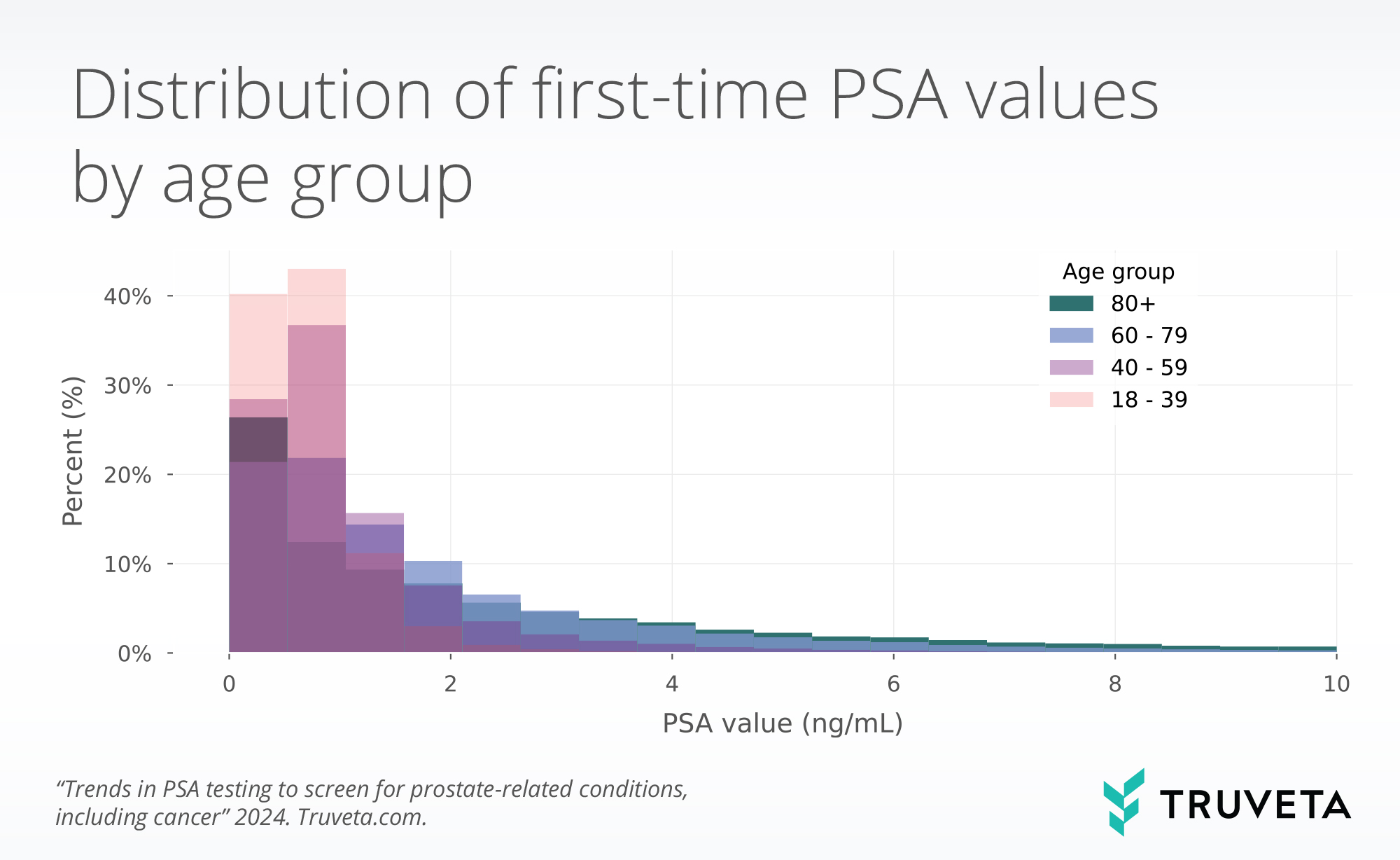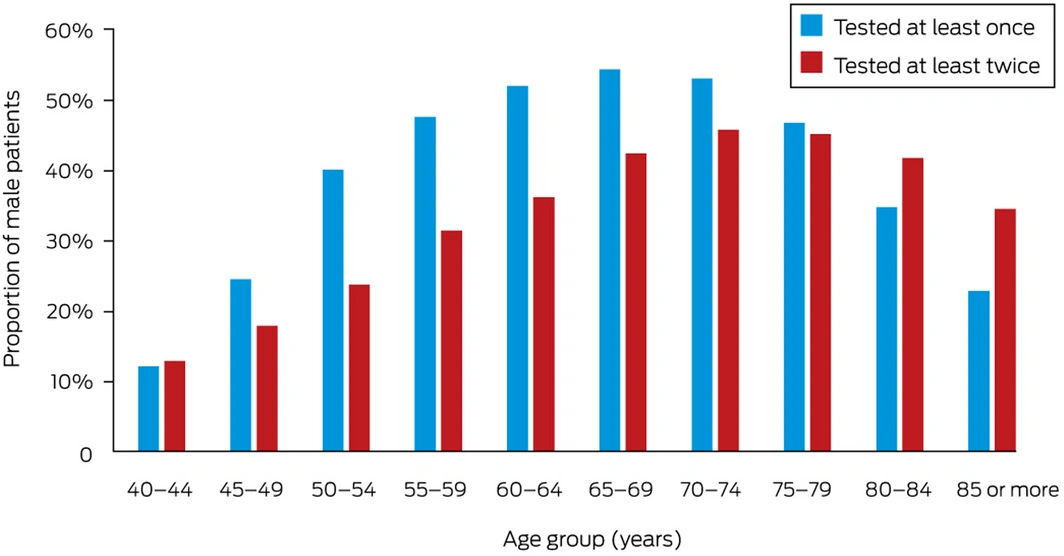
Let’s Get Real—Why PSA Comes Up
You roll up your sleeve for the yearly bloods. All good, right? Until your doc points at your PSA number. “It’s a bit high for your age,” he says, tapping the results. And suddenly you’re looking at your phone, Googling psa levels by age chart australia while mentally replaying every late-night kebab and skipped gym session. The truth is, you’re not alone. I’ve been there—honestly, I think most Aussie men eventually stumble onto this conversation, ready or not.
So why do PSA levels get all this attention anyway? It isn’t just doctor-speak or a scare tactic. Think of PSA like the ‘oil light’ on your car’s dash—sometimes it flashes because your engine’s old, sometimes there’s a real leak, and sometimes…well, the sensor’s just moody. But ignoring it? Bad plan.
PSA: The Guy’s Indicator Light
Seriously, What’s PSA?
Quick one: PSA stands for prostate-specific antigen—a protein made by your prostate (that small gland doing its quiet job below the bladder). Tiny amounts slip into your blood. If that gland gets cranky—grows, gets inflamed, or something more sinister like cancer—PSA creeps up.
If you’re like me, you had no clue until someone older mentioned it. My uncle, fit bloke, shrugged off a slightly raised PSA, blaming it on “just being older”—till his mate convinced him to ask a few more questions. Good thing, too; for him, it was BPH (benign enlargement) and nothing scarier… and manageable with changes. But catching it meant less worry all around.
Why Test for PSA Levels?
The short answer? Early warning—sometimes. PSA is mostly used to check for prostate cancer, monitor known prostate issues, or just keep tabs on guys over a certain age. Not perfect, but it can catch things early, when they’re easier to fix psa levels by age chart australia. It’s part of a bigger health picture—think of it as an extra clue, not the whole story.
How PSA Changes as We Age—A Little Science, No Stress
Let’s Talk Numbers: The Aussie Chart
Here’s where it gets interesting. PSA isn’t one-size-fits-all. It climbs naturally as you get older because your prostate just keeps growing (like ear hair or back pain—some things come with the territory). That’s why “normal” depends on your decade.
The Handy Age Reference Table
| Age Group | Normal PSA Upper Limit (ng/mL) | Median PSA (ng/mL) |
|---|---|---|
| 40–49 | 2.5 | 0.6 |
| 50–59 | 3.5 | 0.9 |
| 60–69 | 4.5 | 1.2 |
| 70–79 | 6.5 | 1.8 |
| 80+ | Up to 9.0* | 2.2 |
*Some references go as high as 11 or even 33 for the oldest blokes, but context matters a lot…
These guidelines come from several Aussie sources and are what your GP is likely to use according to local pathology and urology clinics.
If you want the nitty gritty, check out this psa levels by age chart australia for reference.
Why Numbers Aren’t Everything
Imagine two friends, Pete (52) and Mick (65). Pete gets a PSA of 2.8—his doc calls him in quick. Mick’s PSA is 3.4—his GP says, “Let’s watch and wait.” Why? Because what’s high for Pete is just normal bordering for Mick. Going by age ref ranges keeps things fair…and saves a lot of unneeded stress (and Google rabbit holes).
What Messes With PSA? Spoiler: It’s Not Always Cancer
Everyday Stuff That Pushes PSA Up
PSA isn’t just about cancer. Ordinary things boost it—like:
- BPH: Benign enlargement (guys, this one’s almost a rite of passage past 50).
- Prostatitis: A grumpy, inflamed prostate (sometimes after a cold or UTI).
- Recent ejaculation (let’s keep it honest).
- Long bike rides: Yes, cycling can irritate your undercarriage and bump that PSA number temporarily.
- Medication: Drugs for baldness or BPH (like finasteride) can cut your PSA in half—so tell your doc if you’re using these, or you’ll end up with a misleadingly “good” result based on bladder clinic advice.
And sometimes? PSA just jumps for no clear reason. That’s why repeat tests matter before anyone gets too excited.
Real Talk: A Story from My Circles
My mate Paul, fitness nut in his early 60s, got a high PSA report after training for a charity bike ride. Cue panic. Doc retested a month later—back to normal. Turns out, the long rides were the culprit. Paul still laughs (nervously), but now tells everyone to skip the Lycra before bloods.
What’s “Normal” for Seniors? Don’t Panic—Track the Trend
Age Adjustments: The Senior End of the Chart
Here’s something a lot of us don’t get told—once you’re over 70, labs start judging PSA differently. The upper limit grows, and so does the chance of a false positive. For instance, according to studies of Aussie blokes aged 70–79, a PSA up to 6.5 ng/mL is “within bounds.” In fact, in big local studies, about 1 in 10 men in their 70s had a PSA over 6.5, and by age 90, almost one-third did according to medical journal findings.
The take-home? At 75 or 85, a PSA that might set off alarms for a 50-year-old often just means “let’s keep an eye on it”—not a guaranteed biopsy.
If you want to see how the numbers play out for the older crowd, the psa level chart for seniors is really useful. It takes the guesswork out of deciphering whether that number means “time to worry” or just “time to check in six months.”
A Quick Table: PSA in Older Aussies*
| Age Group | Median PSA (ng/mL) | Typical Range (5th–95th percentile) |
|---|---|---|
| 70–74 | 1.6 | 0.4–7.5 |
| 75–79 | 1.8 | 0.4–9.1 |
| 80–84 | 2.2 | 0.3–9.8 |
| 85–89 | 2.5 | 0.2–10.2 |
| 90–99 | 2.8 | 0.9–7.2 |
*From several community-based Australian studies. Always speak to your GP about your own situation.
Anecdote’s Corner: Wisdom from the Over-70s
Take Graham, my neighbour, who’s pushing 79. His PSA nudged 7 last check—cue his daughter’s “Dad, are you okay?” panic. GP shrugged, checked Graham’s trend (steady for three years), and said, “Let’s keep walking the dog and we’ll retest next year.” Sometimes, knowing what’s “normal” for your age is the sanity-saver.
Want to check for yourself? The psa level chart for seniors helps you and your doc make sense of the numbers—no guesswork needed.
What To Do With Your Numbers: Don’t Go Solo
Worried? Here’s Your Simple Gameplan
If your PSA’s up, don’t freak out—chat to your GP, who’ll consider your age, symptoms, family history, and whether you’ve just been on a Lycra binge. They might repeat the test, or order a “free-to-total” PSA ratio—it helps show if a high PSA is likely benign enlargement or something needing a closer look according to the Prostate Cancer Foundation of Australia.
Doctors might also check PSA “velocity” (how fast it changes year to year). Fast jumps need action, but a slow, creeping rise? That’s often aging in motion.
Don’t Ignore Other Signs
If you’re getting up most nights to pee…or things aren’t flowing like they used to, or you spot blood in your urine, don’t just blame it on aging. Mention it—small things matter. It’s not about being paranoid. It’s about peace of mind. Most guys I know, once they raise it with their doc, feel a whole lot better (or at least more in control).
Quick Tip: Keep a Health Diary
Track your test results, notice changes, jot down “anything weird.” Bonus: when your GP asks those “any new symptoms?” questions, you aren’t left guessing.
No One-Size-Fits-All: Your Health, Your Choices
When Should You Start Checking?
Aussie guidelines are pretty clear: if you’re 50–69 and want to check, get a PSA test every couple of years. Got family history (dad or brother with prostate cancer)? Start early, around 40–45. And even if you’re well, staying proactive means fewer regrets down the track.
But…testing isn’t compulsory. Some blokes would rather not know. That’s fair—just make sure it’s a real decision and not “out of sight, out of mind.” Knowledge is your mate here. Book a checkup if you’re unsure—chat it over, weigh it up.
Links Worth Clicking
To get a sense whether your numbers fit the usual pattern, bookmark this psa levels by age chart australia. If you or your old man are in the senior bracket, the psa level chart for seniors is the go-to for a quick scan before your next appointment.
Let’s Wrap: What’s Your Next Move?
Alright, mate. We’ve covered the basics, shared a yarn or two, and (hopefully) made the world of psa levels by age chart australia a little less baffling. What’s the key takeaway? PSA levels go up with age—sometimes for no scary reason at all. The main thing is tracking YOUR trend, not chasing a perfect number. Charts like the psa levels by age chart australia and the psa level chart for seniors can give you a ballpark, but life isn’t one-size-fits-all. Listen to your body. Talk to your doc. Even if you’re not a ‘health nut,’ knowing your numbers can keep you feeling on top—or at least stop the overthinking at 2am!
If you’re reading this and you haven’t checked your numbers in a while? No judgment—book a quick appointment. You’ve got adventures to plan, grandkids to chase, or golf swings to perfect. Let’s stay curious, keep moving, and help each other out. Next round’s on you if your PSA’s lower than your mate’s…deal?


















Leave a Reply
You must be logged in to post a comment.